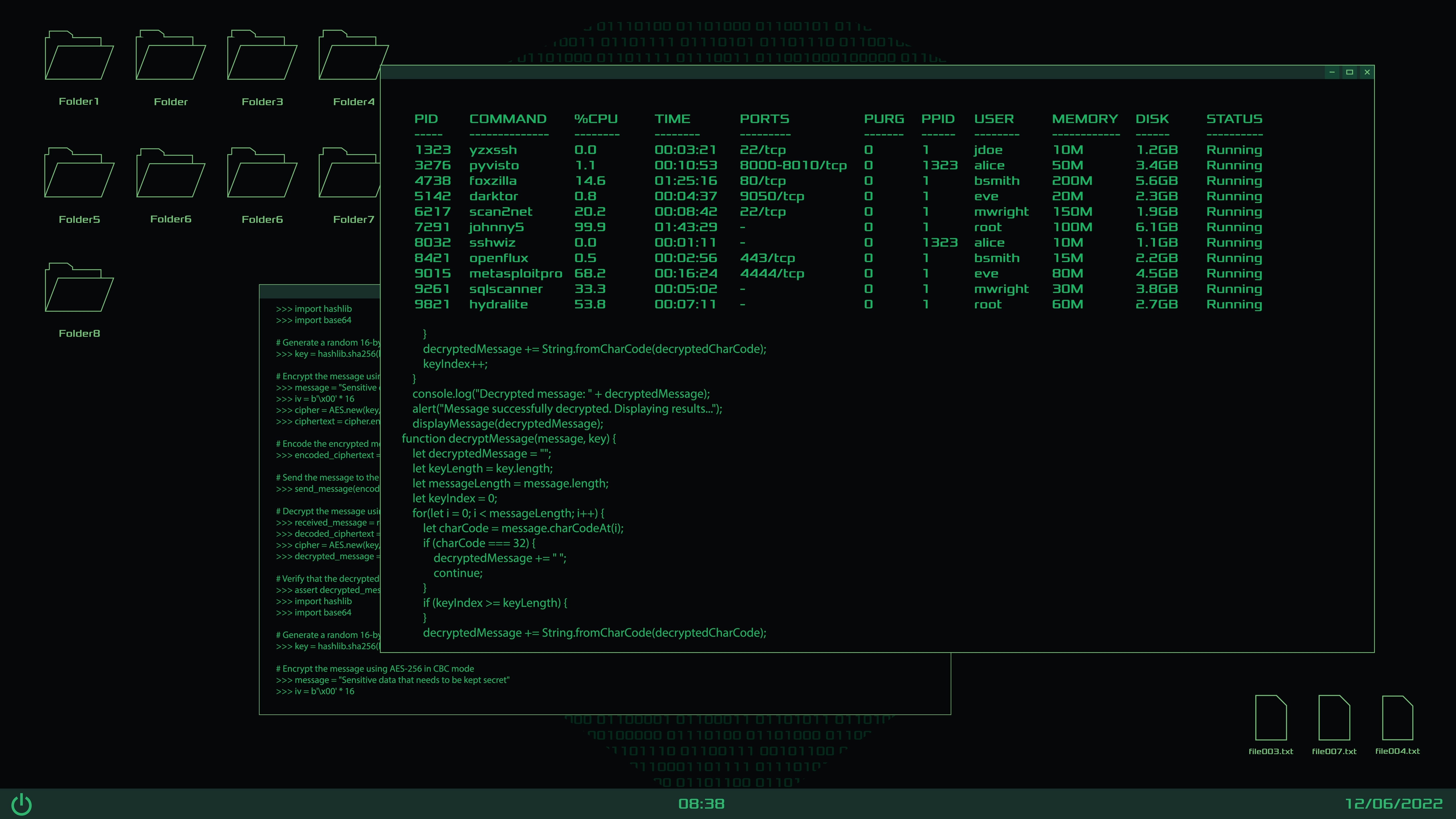Media relationships make or break a company’s public image, especially during challenging times. Public relations professionals who take time to build authentic connections with journalists and media outlets position their organizations for more balanced coverage and faster response times when issues arise. Research from Muck Rack shows that 91% of journalists prefer working with PR contacts they already know and trust. This strategic investment in relationship-building acts as a protective shield, giving organizations better access to tell their side of the story and maintain their reputation when faced with potential crises.
PR Overview
- Understanding the Foundation of Media Relationships
- Research and Targeting the Right Media Contacts
- Establishing Initial Contact and Building Trust
- Maintaining Ongoing Communication
- Providing Value Beyond Basic Pitches
- Managing Relationships During Sensitive Times
- Creating a Media Relations Calendar
- Measuring Relationship Success
- Tools and Resources for Relationship Management
- Training Your Team for Media Relations
- Conclusion
Understanding the Foundation of Media Relationships
Building strong media relationships requires understanding how journalists work and what they need to do their jobs effectively. Journalists face intense pressure to produce accurate, engaging stories under tight deadlines while competing with a 24/7 news cycle. They receive hundreds of pitches daily, making it critical for PR professionals to stand out by providing real value.
Media relationships work best when built on mutual benefit. Journalists need reliable sources who can provide expert insights, data, and compelling stories. PR professionals need outlets to share their organization’s news and perspective. When both sides understand and respect these needs, lasting partnerships form.
The most successful media relationships develop gradually through consistent, professional interactions. Quick responses, accurate information, and respect for journalists’ time create the foundation for trust. This trust becomes invaluable when organizations face public scrutiny or need to communicate during sensitive situations.
Research and Targeting the Right Media Contacts
Success in media relations starts with thorough research to identify journalists who cover relevant topics for your industry. Media database tools like Cision, Meltwater, and Muck Rack help track journalist beats, previous coverage, and preferred contact methods.
Take time to read journalists’ recent articles and social media posts to understand their interests and reporting style. This research helps personalize outreach and demonstrates genuine interest in their work. According to Muck Rack’s State of Journalism report, 94% of journalists prefer pitches customized to their beat.
Create detailed media lists categorizing contacts by:
- Beat/topic focus
- Publication type and audience
- Geographic coverage
- Past interactions with your organization
- Preferred contact methods and timing
Update these lists regularly as journalists change roles or outlets. Track your interaction history to maintain consistent engagement without over-pitching.
Establishing Initial Contact and Building Trust
First impressions matter in media relationships. When reaching out to new contacts, lead with value rather than immediate requests. Share genuine appreciation for their work or offer unique insights related to their coverage areas.
Keep initial outreach brief and relevant. Explain clearly why your organization provides value to their audience. According to Muck Rack, 68% of journalists prefer pitches under three paragraphs.
Build credibility by:
- Responding quickly to inquiries
- Meeting agreed deadlines
- Providing accurate, verified information
- Being transparent about what you can and cannot share
- Following through on commitments
Maintaining Ongoing Communication
Regular communication helps maintain media relationships without becoming overwhelming. Create a balanced outreach schedule mixing news announcements with resource sharing and casual check-ins.
Share industry insights, trend data, or expert commentary even when not directly promoting your organization. This positions you as a valuable resource beyond basic PR pitching.
Social media offers additional relationship-building opportunities. Follow journalists’ professional accounts, engage thoughtfully with their posts, and share their work when relevant. This visibility reminds them of your ongoing interest and expertise.
Providing Value Beyond Basic Pitches
Strong media relationships require giving more than taking. Consider creative ways to help journalists succeed:
- Offer exclusive data or research findings
- Connect them with industry experts for broader stories
- Share trend analysis and market insights
- Provide high-quality visual assets
- Help fact-check technical details in their coverage area
According to Cision’s State of the Media Report, 78% of journalists say the availability of data and expert sources influences their coverage decisions.
Managing Relationships During Sensitive Times
When issues arise, established media relationships prove their worth. Journalists who know and trust you are more likely to:
- Give you time to gather accurate information
- Consider your perspective fairly
- Reach out for comment before publishing
- Work with you on corrections if needed
Maintain transparency and responsiveness during difficult situations. Even if you cannot share all details immediately, acknowledge receipt of inquiries and provide realistic timelines for responses.
Creating a Media Relations Calendar
Organize relationship-building activities through a structured calendar:
Quarterly:
- Review and update media lists
- Plan major announcements
- Schedule background briefings
- Analyze relationship progress
Monthly:
- Share industry insights
- Check in with key contacts
- Monitor coverage patterns
- Update contact information
Weekly:
- Track relevant journalist posts
- Engage on social media
- Review upcoming opportunities
- Document interactions
Measuring Relationship Success
Track both quantitative and qualitative metrics to assess media relationship strength:
Quantitative measures:
- Response rates to pitches
- Story placement success
- Share of voice in coverage
- Speed of journalist responses
- Social media engagement
Qualitative indicators:
- Depth and accuracy of coverage
- Willingness to consider different angles
- Direct outreach from journalists
- Informal feedback and interactions
- Citation as an industry expert
Tools and Resources for Relationship Management
Invest in tools that support consistent media relationship management:
Media databases:
- Cision
- Meltwater
- Muck Rack
- Prowly
Monitoring services:
- Google Alerts
- Mention
- Talkwalker
- Brand24
Contact management:
- PR CRM systems
- Shared media lists
- Interaction tracking tools
- Coverage databases
Training Your Team for Media Relations
Develop clear guidelines and training for team members who interact with media:
- Communication protocols
- Response time standards
- Message consistency
- Relationship ownership
- Crisis procedures
- Documentation requirements
Regular training ensures all team members maintain professional standards that protect and strengthen media relationships.
Conclusion
Building strong media relationships requires sustained effort but delivers significant value as a preventive measure against communication challenges. Success comes from combining thorough research, consistent value delivery, and professional respect for journalists’ needs and preferences.
Start by identifying key media contacts in your industry and developing a structured approach to relationship building. Focus on providing genuine value beyond basic pitches while maintaining regular, professional communication. Track your progress using both quantitative and qualitative metrics to refine your approach over time.
Remember that strong media relationships serve as a foundation for effective crisis communication and reputation management. The time invested in building these connections pays dividends when organizations need fair, balanced coverage during challenging situations.
The Intersection of Corporate Communications and Cybersecurity Messaging
When a cybersecurity incident strikes, the technical breach is only half the battle. The other...
How Security Leaders Position Credibility in Crypto Markets
When a security incident hits, the clock starts ticking in minutes, not hours. Your investors...
Predictive Crisis Communications Using AI and Real-Time Data
Crisis communications has entered a new era where waiting for a threat to materialize means you've...




